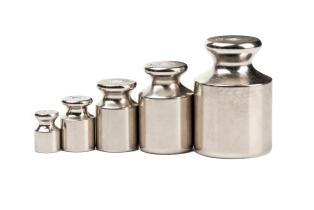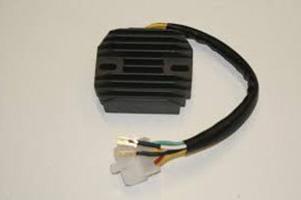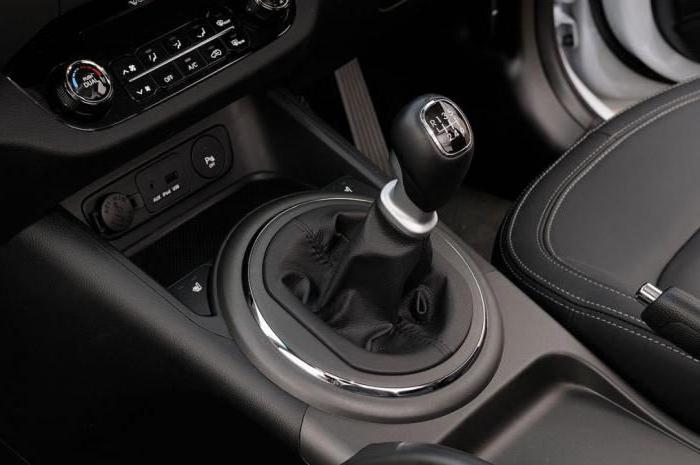Small spool but precious. Fuel pressure control
Rapid transition to the use of injectorengines has left its imprint on the technical requirements for the fuel supply system of the car. The need to maintain pressure in the fuel rail at a constant level required engineers and designers to create a special device responsible for this parameter. He became a fuel pressure regulator. By incorporating it into the fuel system of a modern engine, the injectors perform their main task stably and without interruptions.
Traditionally, the fuel pressure is maintained atlevel in three atmospheres. Based on this figure, and calculate the performance of modern injectors. In addition, the fuel pressure regulator is able to vary this value depending on the level of pressure on the intake manifold. This explains the presence in its design of a special rubber hose to select the excess fuel back into the tank.
If we consider a classical atmospheric,it is possible to trace the dependence of the amount of fuel supplied on the degree of rarefaction of air in the reservoir, which results from the closing of the throttle valve. In a turbocharged engine, the fuel pressure regulator carefully monitors that the fuel pressure increases in proportion to the increase in pressure created in the intake manifold.
Often it is this link in the fuel chain in the case ofMalfunction has a huge impact on engine performance. For example, when the pressure regulator "does not hold", the fuel is not fed to the engine if necessary, but drained back into the tank. In addition, after the engine is muffled, the pressure in the system becomes instantaneous, and does not remain on the operating figures. We will have to drive a motor for a long time before the fuel injector gets enough gasoline, and we'll hear the long-awaited rumbling of the engine.
In the "dead" state, the fuel pressure regulatorcreates the owner of the vehicle no less problems. Excess fuel has nowhere to go, except how to enter cylinders. Of course, the combustion mode is broken, and ECU will react to unburned gasoline. As a result, a series of signals will follow to reduce the opening time of the injector, but it will not last forever (just before the sensor fails).
Faults in the fuel pressure sensor can bewarn in the course of regular maintenance of your car. When selecting a service station, attention should be paid to the availability of appropriate equipment. Checking the performance "by sight" will not give the desired results. By the amount of fuel drained from the nozzle "into the bottle," one can only judge the efficiency of the fuel pump, but not about the normal functioning of the regulator. Even a master with extensive experience can not visually determine the normal performance of a modern car. For full-fledged and high-quality service to their customers, the owners of the service station have to shell out for expensive equipment, which is not done by everyone. Most repair shops continue to work in the old-fashioned way, by guessing on small things, they not only can not guarantee the declared quality of service, but sometimes even inflict scarce machines on their customers.
It will not hurt to pay attention to qualitypoured into the tank of your car gasoline. No one is immune from refueling at remote gas stations with questionable fuel quality. But do not take chances, address to the verified tankers, remembering the Russian proverb. While in the domestic automotive world, not only greed, but also inattention, and unwillingness to delve into the basic principles of the work of an iron horse are punishable.












